
EU Wireless Certification: RED Directive 2014/53/EU
The Radio Equipment Directive (RED) 2014/53/EU is the European certification for wireless products and has replaced the former R&TTE Directive 1999/5/EC.
Purpose of the New Directive:
The goal of introducing the new directive is to clearly define the scope of spectrum usage, improve the efficiency of spectrum use, and facilitate the enforcement of regulations and market surveillance among EU member states.
Note: Broadcast radios also fall under the scope of the RED, but telecommunication terminal equipment no longer does.
Basic Requirements of the RED Directive
1. Art. 3.1a: Protection of the health and safety of users and any other persons.
2. Art. 3.1b: Compliance with electromagnetic compatibility (EMC) requirements.
3. Art. 3.2: Efficient use of the radio spectrum to avoid harmful interference.
4. Art. 3.3: Special requirements (if applicable).
Relationship Between the RED Directive and CE certification
CE marking is a mandatory conformity mark for products sold within the EU market.
RED is one of the directives under CE marking, specifically applicable to all types of wireless equipment.
Complete List of CE Certification Directives
- LVD Low Voltage Directive 2014/35/EU
- EMC Electromagnetic Compatibility Directive 2014/30/EU
- MD Machinery Directive 2006/42/EC
- PPE Personal Protective Equipment Directive 2016/425/EU
- CPR Construction Products Regulation (EU) 305/2011
- PED Pressure Equipment Directive 2014/68/EU
- LIFT Elevator Directive 2014/33/EU
- EN71 Toy Safety Directive 2009/48/EC
- ATEX Explosive Atmospheres Directive 94/9/EC
- RoHS Restriction of Hazardous Substances Directive 2011/65/EU
- MDR Medical Devices Regulation 2017/745/EU
- RED Radio Equipment Directive 2014/53/EU
Note: The product scope of CE certification is based on "Directives," which are technical regulations that define the essential safety requirements and compliance paths for products.
RED Certification Includes Two Aspects
1. RE: Radio Equipment (e.g., mobile phones)
2. TTE: Telecommunication Terminal Equipment
Before communication terminal equipment and wireless products can be legally sold in EU countries, they must undergo testing and obtain approval under the R&TTE directive, along with CE marking. Wireless remote-control products and communication devices must comply with the R&TTE Directive 1999/5/EC.
Product Scope under the RED Directive
- Remote-controlled toy cars
- Remote-controlled alarm systems
- Wireless doorbells
- DECT (Digital Enhanced Cordless Telecommunications) phones
- Wireless mouse
- Wireless keyboard
- Professional walkie-talkies
- Corded telephones
- Wireless microphones
- Wireless fax machines
- MODEMs
- ISDN (Integrated Services Digital Network) devices
- PBX (Private Branch Exchange) systems
- Wireless telephone answering machines
- Remote switches
- Cordless phones (CT0, CT1, CT1+)
- GSM/CDMA mobile phone testing
- Bluetooth products
- (and more)
Testing Items Under the RED Directive
1. Electromagnetic Compatibility (EMC) testing
2. Safety testing (LVD) – Under the new directive, RF products with battery input are also subject to this test
3. Radio communication testing according to European ETSI standards (RF testing)
4. Notification of frequency usage in accordance with European spectrum allocation
5. CTR (TBR) testing
6. Electrical safety and health protection testing (SAR assessment)
Documents Required for RED Certification
1. User manual
2. Circuit schematics, block diagram, PCB layout, and component placement diagram
3. Operation description (explanation of the block diagram)
4. Bill of Materials (BOM list)
5. Antenna specifications (or antenna gain diagram)
6. Frequency locking software (also called frequency setting program, which enables the transmitter module to continuously transmit on a fixed frequency; mandatory for BT and Wi-Fi products)
Email:hello@jjrlab.com
Write your message here and send it to us
 What is UK REACH?
What is UK REACH?
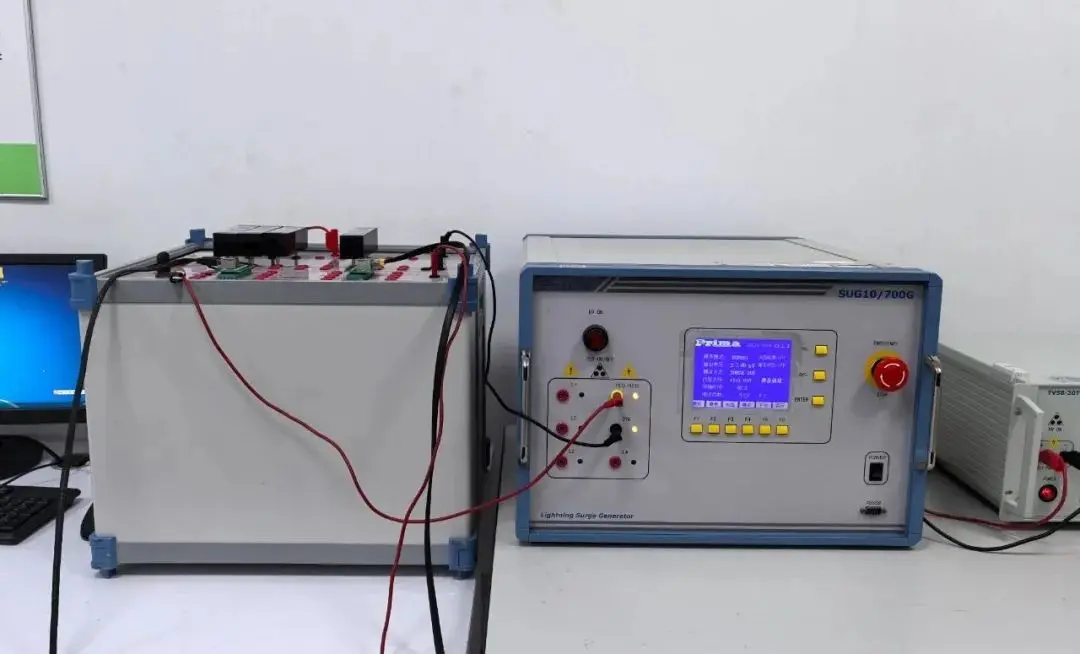 What Certifications Are Required for Lighting Expo
What Certifications Are Required for Lighting Expo
 Amazon US CPSIA Children’s Product Certificate (CP
Amazon US CPSIA Children’s Product Certificate (CP
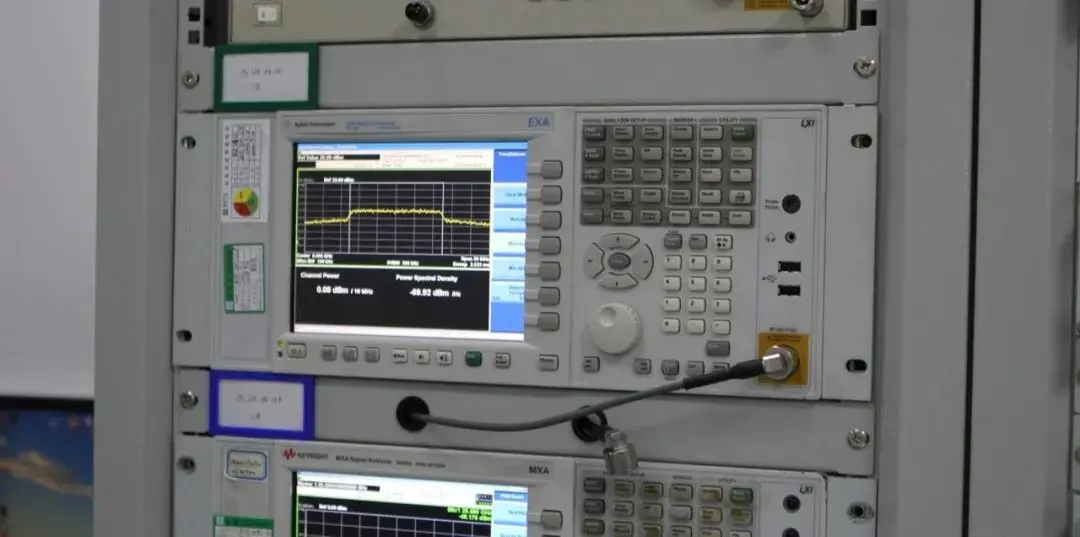 Wi-Fi 6E and Wi-Fi 7 Testing Services
Wi-Fi 6E and Wi-Fi 7 Testing Services
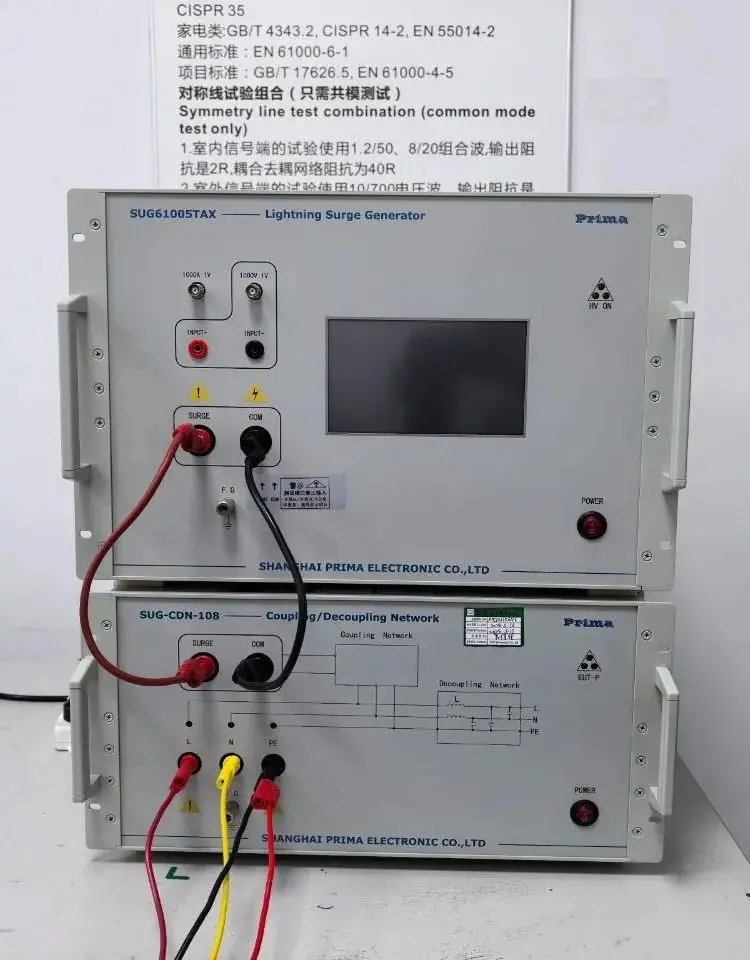 EMC Surge Test Introduction
EMC Surge Test Introduction
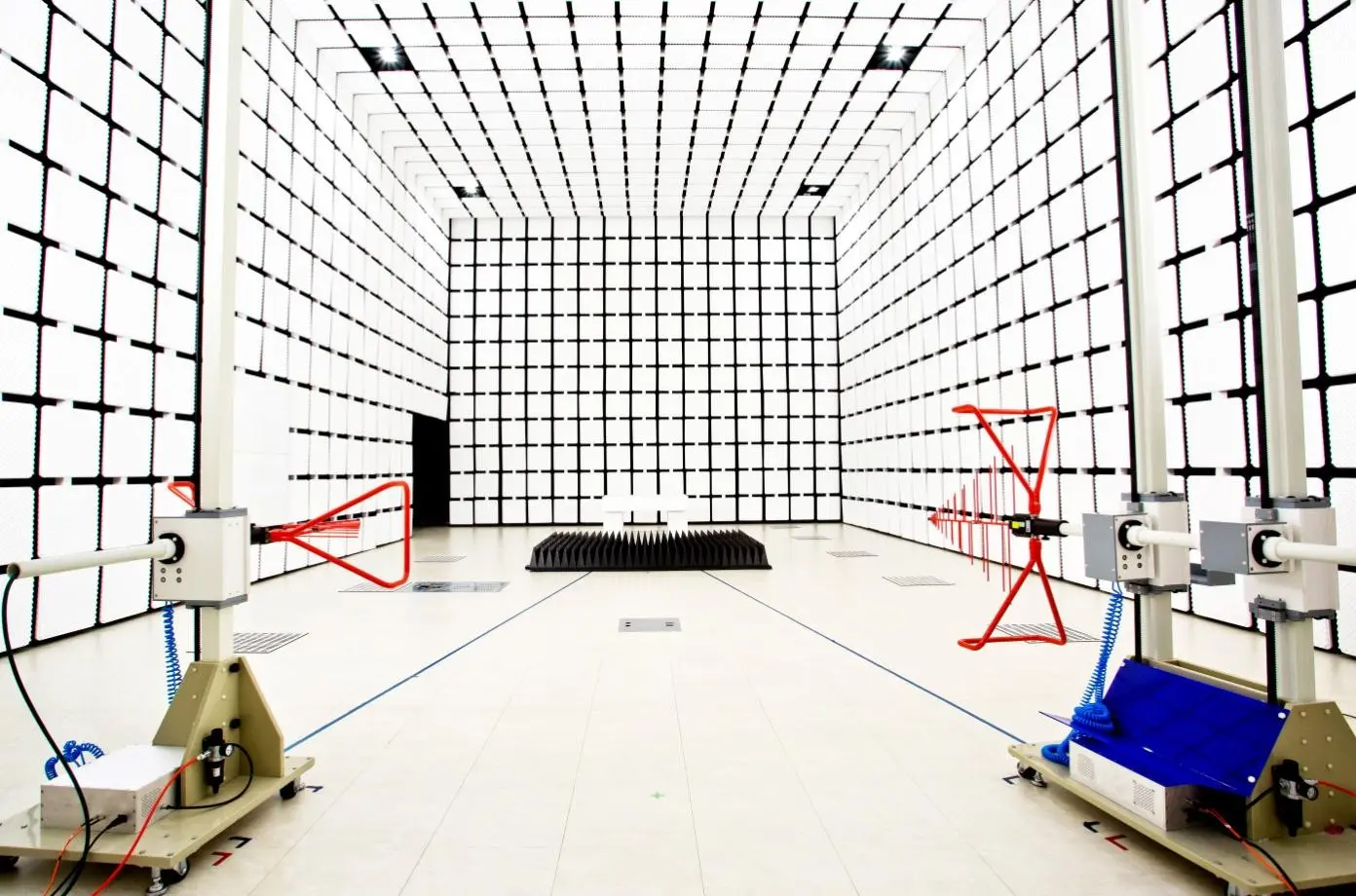 What is the UK PSTI Regulation?
What is the UK PSTI Regulation?
 E-cigarette CB Compliance + KC Certification
E-cigarette CB Compliance + KC Certification
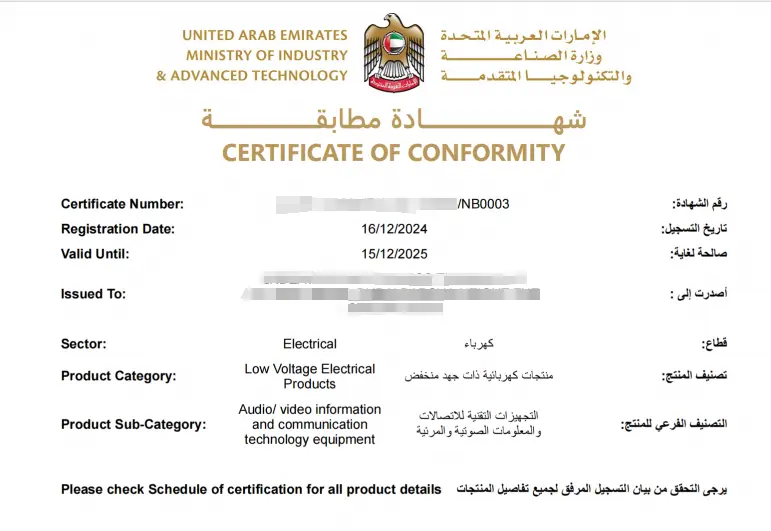 What is UAE ECAS Certification?
What is UAE ECAS Certification?
Leave us a message
24-hour online customer service at any time to respond, so that you worry!




